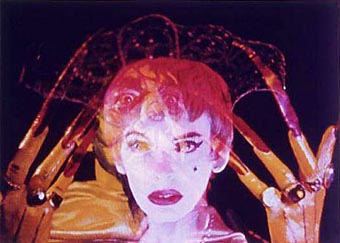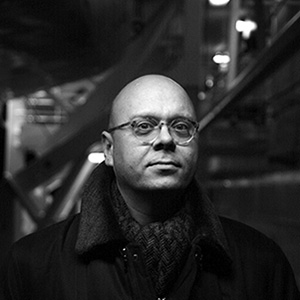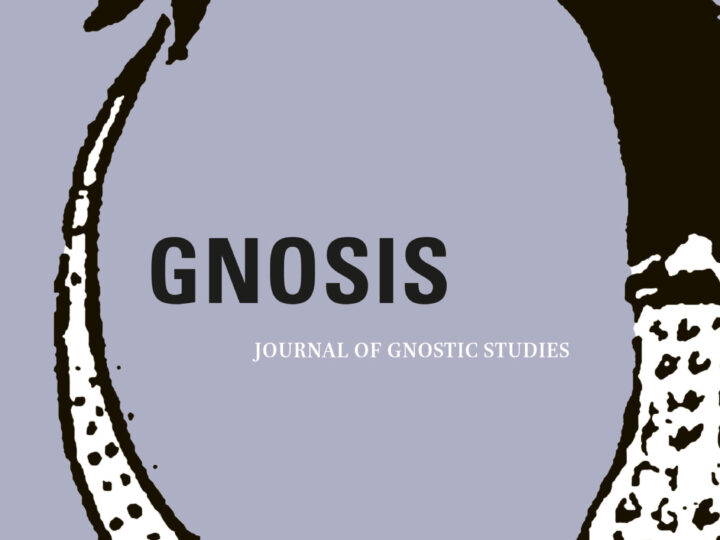
Watching SoCal’s Mind Expand
Last Sunday night I curated a set of films for the Silent Movie Theatre, an excellent edge-dwelling film palace that lies in the Fairfax district in LA, just down the block from Canter’s Deli and their deadly delicious pastrami sandwiches and chocolate horns. The program was called “Occult LA,” and it was a smash success. Scores of Angelino freaks, wizards, hepcats, and students of the mysteries gathered for a program of historical talks and experimental shorts devoted to LA’s magickal mystical currents. Dozens were turned away. Clearly there is something about this material that resonates with today’s audiences.
After discussing some of the occult or at least spooky origins of cinema in a variety of “devices of wonder” that sought to re-enchant perception, I introduced the fact that LA’s occult scene has long been one of the liveliest in America, and certainly the one most closely linked with cinema—though the cinema in question is less mainstream than underground and experimental. We set the historical stage with two talks. The LA Times reporter Louis Sahagun, author of a new bio on Manly P Hall, talked about Hall’s role in establishing occult studies in LA through his still-rolling Philosophical Research Society and his famous omnibus book, The Secret Teachings of All Ages. Louis also showed a great clip of Hall introducing the one film that was made from his stories. Then Isis Aquarian took the stage and introduced some brief clips of the Source Family, a late 60s/early 70s mystery sect, led by the patriarchal wizard Father Yod, whose brazen alchemical transformation of the counterculture’s credo of “sex, drugs, and rock’n’roll” was blazingly evident in their costumes and mystic swagger.
The subsequent film shorts were divided into two sections: experimental abstract films, and films dealing with SoCal’s specifically Thelemic heritage. Oskar Fischinger’s 1942 “Radio Dynamics” and James Whitney’s “Lapis,” made around twenty years later in Pasadena, showed how mystical or yogic experience was explicitly translated into the pulsing globes and mandalic patterns of abstract animation. Chick Strand’s “Waterfall” and Wallace Berman’s “Aleph,” both made largely in the late Sixties, took a more individual and poetic approach, appropriating found footage and home movies into a personal psychedelic vision sensitive to the expanding mindscape of mediation without the usual cheesy bells and whistles.
The second half of the night was devoted to films that reflected the Southland’s profound role in transforming and transmitting Aleister Crowley’s Thelemic religion. Between the time of Crowley’s decline and death, and the subsequent occult publishing book of the late Sixties and early Seventies, LA kept the Beast’s words and practices alive like nowhere on earth. The now famous tale of Jack Parsons—JPL rocket scientist by day, hedonic thaumaturge by endless night—is also very much the tale of Marjorie Cameron, Parson’s partner in love and sex magick and later an underground artist and witch who influenced Berman, George Herms, and other beat visionaries. Cameron makes a stunning appearance in Kenneth Anger’s 1954 ritualistic drug-fête fever-dream “Inauguration of the Pleasure Dome, ” which we showed before Anger crony Brian Butler introduced Curtis Harrington’s 1956 “Wormwood Star,” a marvelous short film that features Cameron’s poetry and paintings, all of which she subsequently destroyed. We ended the evening with a clip from Craig Baldwin’s recent film “Mock Up on Mu,” which I wrote about here. The film, which uses the Parson/Cameron/L Ron Hubbard story to launch into Sci Fi political and cultural critique, showed how the stories and magical energies fluctuating through these underground films is still alive today, when we need an “army of mutants and warlocks” to carve out some creative space in the ominous shadow of the military-industrial-entertainment complex.




